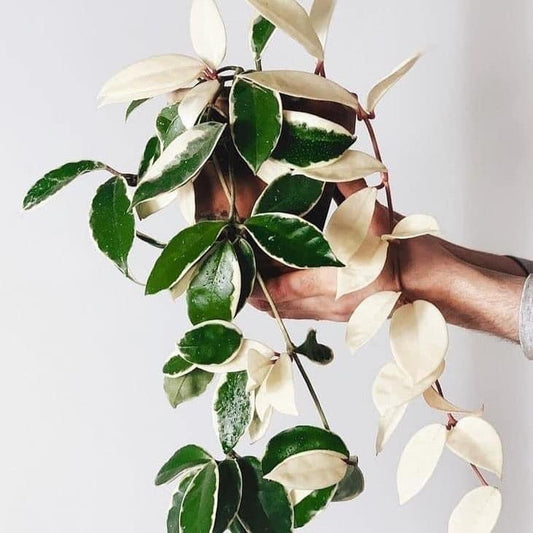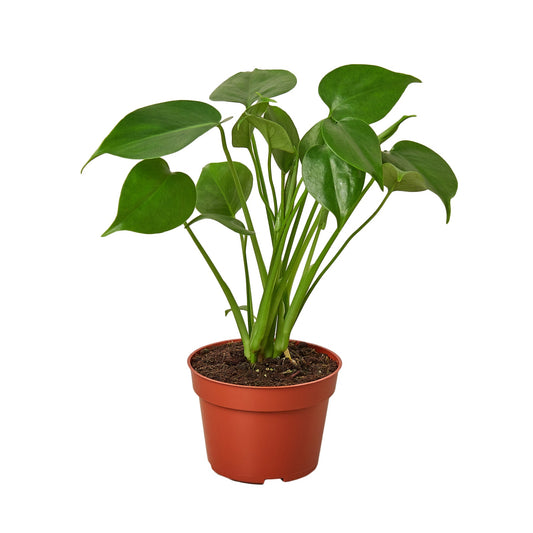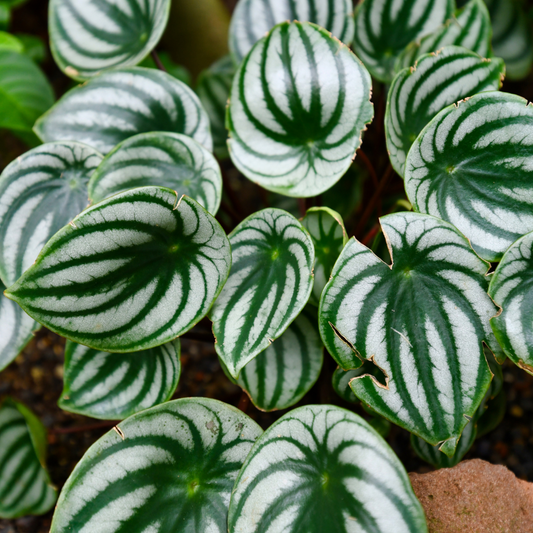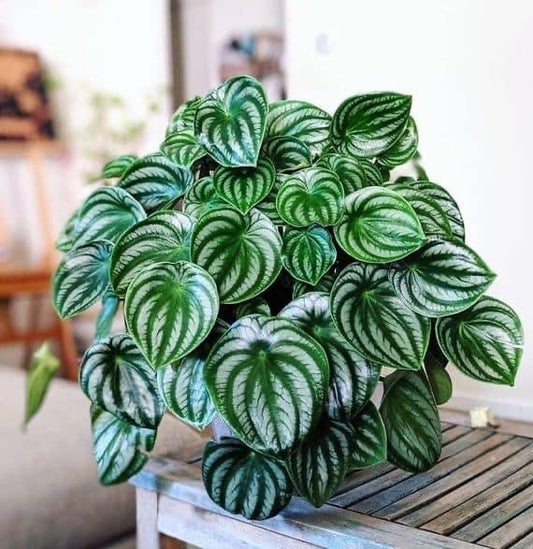As the vibrant summer season gives way to the cooler days of fall, the needs of your plants begin to change. October is a critical month for transitioning your plant care routine to ensure that both your indoor and outdoor plants continue to thrive in the face of cooler temperatures and shorter daylight hours. In this guide, we’ll walk you through everything you need to know to keep your plants healthy during the fall season, from watering and light adjustments to protecting outdoor plants from frost. By following these tips, you'll ensure that your plant family remains strong and vibrant throughout the autumn months.
Section 1: Adapting to Cooler Temperatures
As temperatures drop in October, both indoor and outdoor plants react to the changes in their environment. Plants that thrived in the warmth and sunshine of summer may now begin to show signs of stress if their care isn’t adjusted for cooler weather. The key to successful fall plant care is understanding how temperature fluctuations affect different types of plants and taking the necessary steps to accommodate their changing needs.
Indoor Plants:
For indoor plants, homes tend to be cooler in the fall, especially at night. Make sure to keep plants away from drafty windows and doors where the cold air can shock them. Moving your plants to a slightly warmer, more stable environment will help prevent sudden temperature drops.
Outdoor Plants:
For outdoor plants, fall plant care involves preparing for colder nights and potential frosts. It’s important to gradually acclimate outdoor plants to lower temperatures. If you plan to bring any outdoor plants indoors, start by moving them to a sheltered area, such as a porch or garage, for a few hours each day before fully relocating them inside. This process reduces the likelihood of shock from the sudden change in temperature.

Section 2: Watering Adjustments in Fall
As temperatures decrease, your plants' water requirements will change. In the summer, many plants need frequent watering due to higher evaporation rates and increased growth. However, in the fall, it's essential to modify your watering schedule to prevent overwatering, which can lead to root rot or other water-related problems.
Indoor Plants:
During cooler months, indoor plants typically need less water than in the warmer seasons. Check the soil moisture by inserting your finger an inch or two into the soil. If it feels dry, it’s time to water; if it’s still damp, hold off. Overwatering is one of the most common mistakes in fall plant care, as the lower temperatures slow plant growth, causing them to use less water.
Outdoor Plants:
For outdoor plants, especially those that are in containers, it’s essential to ensure that the soil is well-draining and that water isn’t pooling. As rainfall increases during the fall, monitor the moisture level in your garden to avoid waterlogged roots. Be mindful of plants that are in pots, as they dry out faster than those planted in the ground, and adjust your watering accordingly.
Section 3: Adjusting Light Exposure
As the days grow shorter, plants receive less sunlight, which can impact their ability to photosynthesize and grow. In October, it’s important to adjust light exposure for both indoor and outdoor plants to ensure they continue to receive the energy they need.
Indoor Plants:
For indoor plants, place them near the brightest windows to maximize the amount of sunlight they receive. South-facing windows are ideal for plants that thrive on bright, direct sunlight, while east or west-facing windows work best for plants that prefer indirect light. If natural light is insufficient, consider using grow lights to supplement their light needs.
Outdoor Plants:
For outdoor plants, the changing angle of the sun in fall may cause certain plants to get less light than they did in summer. Consider repositioning container plants to ensure they receive adequate sunlight, and be mindful of areas in your garden that may become shaded as the season progresses.
Section 4: Fertilizing and Feeding Your Plants
Fertilizing in the fall requires a delicate balance. While some plants benefit from a final round of feeding before winter dormancy, others may not need additional nutrients as their growth slows down.
Indoor Plants:
For indoor plants, reduce the frequency of fertilization in October. Many indoor plants naturally slow their growth during cooler months, and over-fertilizing can lead to salt buildup in the soil, which may damage roots. If your plant is still actively growing, a diluted dose of fertilizer can be beneficial, but for most plants, it’s best to scale back.
Outdoor Plants:
Outdoor plants, especially perennials, can benefit from a slow-release, organic fertilizer in the fall. This provides nutrients to the roots, helping the plant prepare for winter dormancy while ensuring it has enough stored energy to thrive when spring arrives.

Section 5: Protecting Outdoor Plants from Early Frost
One of the biggest threats to outdoor plants in October is the possibility of early frosts. Frost can damage or even kill tender plants, so it's essential to take steps to protect your garden.
Mulching:
A layer of mulch around the base of your plants can help regulate soil temperature and protect the roots from frost. Organic mulches, like straw or leaves, are excellent choices for providing insulation.
Covering Plants:
On nights when frost is expected, cover your more sensitive outdoor plants with lightweight fabric, such as frost blankets or old sheets, to trap heat and prevent frost damage. Be sure to remove the coverings in the morning to allow sunlight to reach the plants.
Moving Potted Plants Indoors:
For container plants, consider moving them indoors or to a sheltered location on cold nights. This is particularly important for tropical or frost-sensitive species.

Section 6: Repotting and Pruning in the Fall
Fall is the perfect time to perform routine maintenance tasks like repotting and pruning. These practices help ensure that your plants remain healthy throughout the colder months.
Repotting Indoor Plants:
If any of your indoor plants have outgrown their pots, October is a good time to repot them before their growth slows for the winter. Choose a pot that is one size larger, and use fresh potting soil to give the plant plenty of room to grow.
Pruning Outdoor Plants:
For outdoor plants, prune back dead or damaged foliage to improve their appearance and encourage healthy growth in the spring. Be mindful of not over-pruning, as this can stress the plant before winter dormancy.
Conclusion
Caring for your plants in October is all about making thoughtful adjustments to accommodate the cooler weather and changing conditions. By adapting your plant care routine to the needs of the season—whether that’s reducing watering, adjusting light exposure, or protecting your plants from frost—you can ensure your plants remain healthy and vibrant all autumn long.
To support your plant care efforts, explore using a moisture meter and seasonal plants designed to thrive in cooler weather.
























